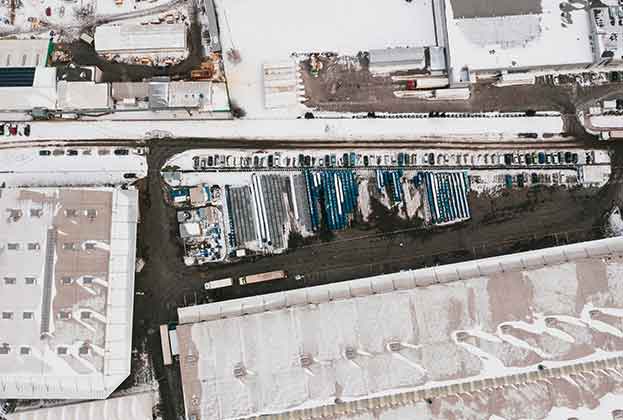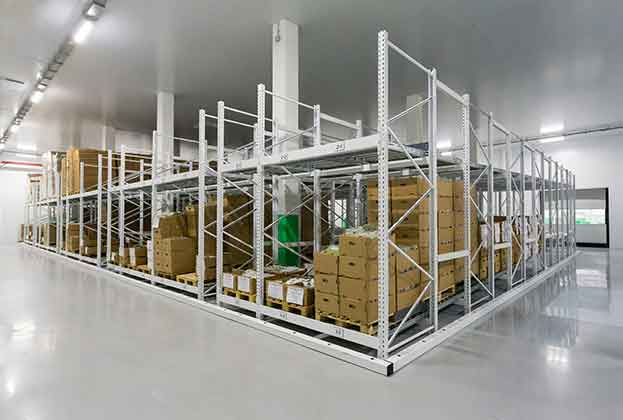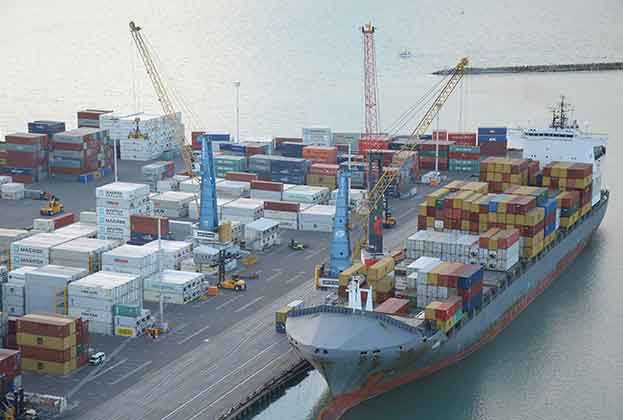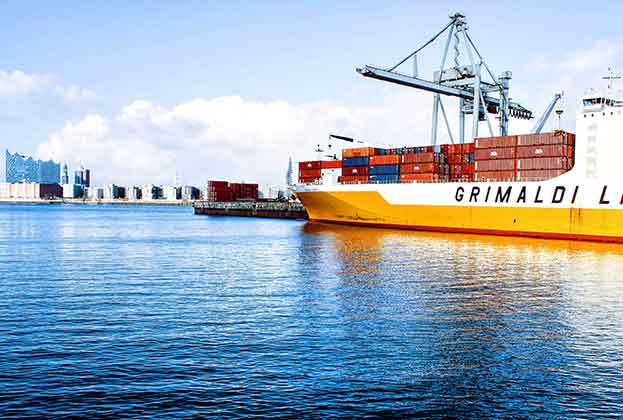The UK Government’s Net Zero Strategy: Build Back Greener sets out policies and proposals for decarbonising all sectors of the UK economy in order to meet the 2050 target. It’s therefore the responsibility of investors, developers and occupiers within the real estate sector to align their Environmental, Social and Governance (ESG) strategies to meet, or indeed exceed, this goal.
Within the industrial & logistics sector there is as much as 21.1 million sq ft of new build speculative warehouse space currently in the pipeline providing an excellent opportunity to ensure ESG is, quite literally, built in.
ESG has become one of the main value drivers for investors, requiring their assets, funds and operations to be reported, benchmarked, assessed, frame-worked and strategised effectively. This can be done using a multitude of existing platforms, such as Principles for Responsible Investment (PRI), Global ESG Benchmark for Real Assets (GRESB) and the Task Force on Climate-related Financial Disclosure (TCDF) among many others. An investor may also have their own real estate ESG brief, all of which needs to be interpreted and then implemented into the construction of a new industrial development.
From a project delivery point of view, there are a number of technical tools that have been created to help capture, report and assess the data coming out of the development process that can then feed back into an investor’s ESG reporting.
Most crucially to a new build project is the implementation of a Green Execution Plan. This essentially means frontloading your ESG requirements into a development, setting clear roles and responsibilities, laying out the timings to commission various activities, setting out the sustainability metrics that need to be achieved and giving the delivery team a clear plan of execution.
A clear green plan becomes more important because the delivery team will have grown over the years, with many more sustainability inputs now required. These may include BREEAM, Planet Mark and other certification schemes and assessors, WELL APs, sustainability champions and consultants specialising in circular economy, carbon, energy and social value. There is also a widening role for ecologists and landscape architects in relation to biodiversity net gain, to name a few.
Given the breadth of expertise that is required, it is essential to be organised from the start and effectively communicate in order to implement the plan successfully.
For investors who are forward funding new build industrial developments, there are other tools available. Setting out your ESG requirements in the form of an investor brief for developers is instrumental. This document will enable you to seek agreement with a development partner and supply chain to deliver against a set of sustainability obligations. These can be themed, broken down by element, with an objective and measure to be achieved. There is also the potential to set out mandatory obligations for the developer to meet, as well as more aspirational targets.
The brief can also outline your requirements in terms of health and safety and property management. These then link together to help provide a soft landing for occupiers upon completion of a development, ensuring a smooth handover.
All of these tools are there to help deliver your new build ESG requirements seamlessly and ultimately avoid a spanner in the works.
Further information


.jpg)





.jpg)

.jpg)